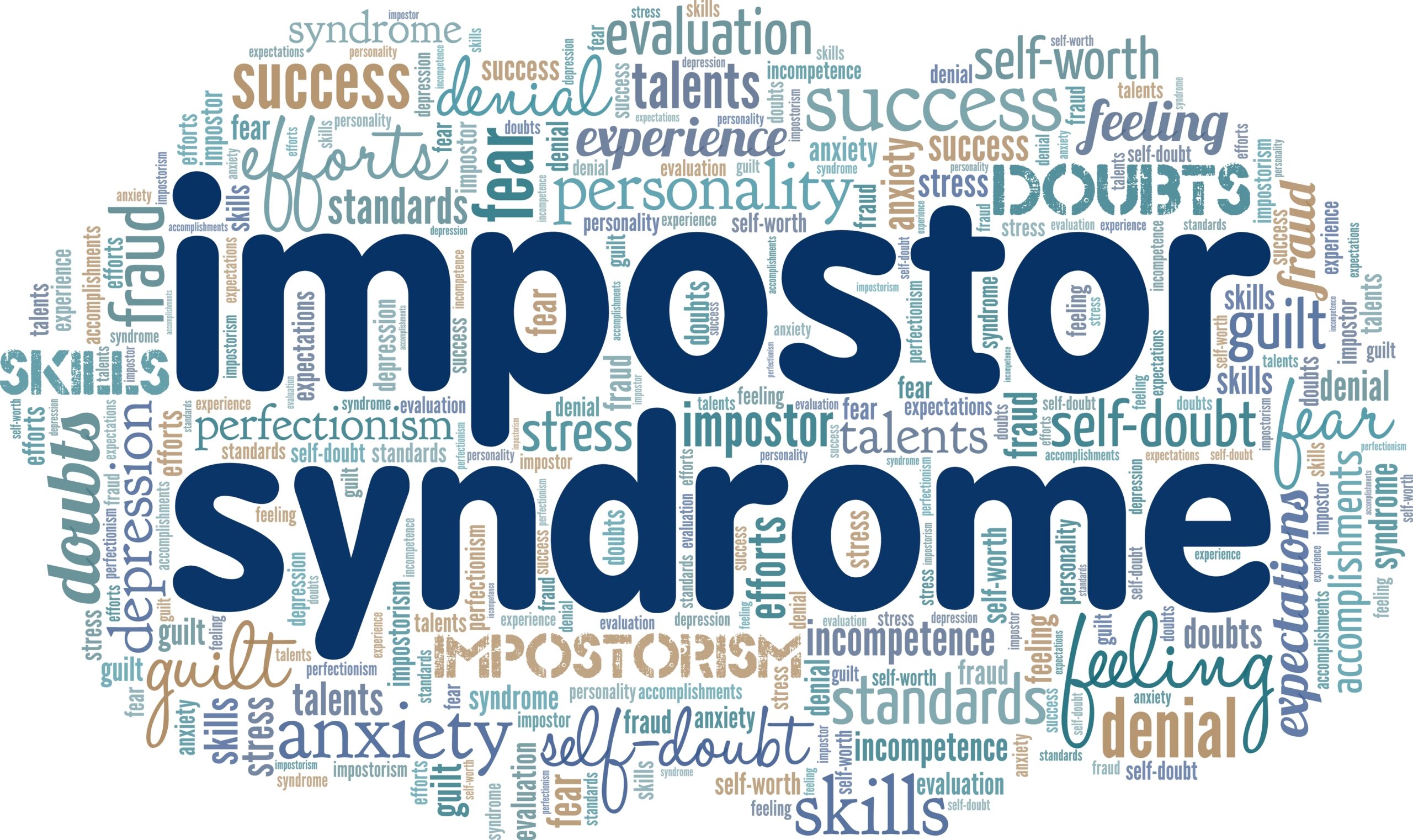


I recently met a human resources professional, specifically a recruiter, who specializes in placing physicians with medical groups and practices across the country. He had read my blog regarding bias in the workplace and we had a lively discussion about how organizations are not doing enough to recognize unconscious bias amongst their employees.
While he’s been fortunate to work with some healthcare organizations that have requested he recruit diverse candidates, he relayed some of his frustration. He continues to see a cycle emerge with certain groups – he helps attract diverse candidates only to see them leave those organizations within a few years. The pattern is most often caused by the same issue – an organization working towards diversity that does not understand how to ensure diverse candidates are successful, supported, and promoted.
Diversity does not equal inclusivity.
Diversity is about having individuals different from the mainstream be a part of the organization. For example, if the leadership in a group is made up of all elderly white men, then “diversifying” the group may include bringing in more women, more individuals of various ethnic backgrounds, or adding in individuals of other age categories. Related yet different from diversity is the concept of inclusion, or inclusivity.
Inclusivity refers to creating an environment that is not only tolerant to diverse individuals, but allows them to thrive and succeed. Leaders in inclusive environments recognize and reward the contributions of diverse individuals.
I have heard of and witnessed many leaders advocate for diversity but then overlook the need of building inclusivity in the workplace environments. As a result, many organizations lose important, diverse hires yet are not always certain how to retain this key talent. It’s the responsibility of a leader to impact their organizational culture and create opportunities for inclusivity.
Inclusivity leaders allow the diverse individual to be respected and these leaders teach diversity as an asset, not a hindrance, therefore propelling the goals of the organization forward. Most importantly, leaders in inclusive environments value and acknowledge the innovative and creative ideas that the diverse individuals they have hired share and the newer perspectives they bring to the workplace. Strong leaders need to promote inclusive culture.
So, you have hired diverse candidates and now want to make sure they stay. What next?
Assess inclusivity
As a leader, start with an assessment of the workplace and evaluate the culture of inclusivity. Ask some of the diverse individuals that have been recently hired, or in the workplace for only a few years, to rate the culture of inclusivity in your organization. You can ask them to use a scale of 1-10 with 10 being the highest rating. Consider questions like “how inclusive is the workplace?” The goal is to measure employee attitude. Here are some other sample questions that can be rated, similar to Gallup’s Q12 questions regarding employee engagement:
Unconscious bias training
Unconscious bias training is a must do for all organizations and for all employees at all levels. It’s difficult to build inclusivity if you are unaware of some of the underlying biases that may exist across your company. According to the President of Bridge Safety Consultants, Joe Stevens, conversations around unconscious bias are critical to, and preface, conversations about diversity and inclusion in the workplace.
There are several groups such as Bridge Safety Consultants that not only deliver online webinars, but also set up theatrical performances to help their clients understand and identify explicit and implicit biases. Bridge Safety itself provides comedian trainers to help identify bias and encourage individuals to understand prejudices that exist, while bringing awareness and later action around those biases. Bridge Safety then consults with the organization and develops action steps that can be taken to mitigate bias.
Invest in the growth of diverse employees
Barriers exist to advancing diverse individuals in leadership roles, primarily due to unconscious bias, privilege, and systemic racism. Consider how these factors affect individuals in your organization and what can be done to mitigate them. Identify opportunities for your diverse employees to get more involved in changing the organization’s culture. Encourage participation on committees such as special projects or recruitment. Any of these efforts will help promote creating a more inclusive culture for diverse employees.
Establish mentoring programs for diverse individuals designed to help identify paths to key leadership roles. Invest in professional development programs including additional training as needed. Identify sponsors to help advocate for diverse individuals especially when they are not able to advocate for themselves.
Executive Coaching
When challenges arise around inclusivity related issues in the workplace, an executive coach can be hired to support an individual employee and help explore decision-making around conflict. An executive coach creates a partnership with their client in which professional development goals can be created and tactical strategies to fulfill those goals can be achieved.
When an organization invests in an executive coach for a diverse employee, it signals a commitment to the growth and success of that employee.
An executive coach can also help support leaders. They too can create a partnership with the executive coach to explore ideas around promoting inclusive workplace culture, and supporting the rise of diverse individuals in their organizations. When a leader identifies the need for an executive coach for themselves, they can work with the coach to identify some of their own unconscious biases. Once this is done, they can work together to create strategies to overcome bias in the workplace.
In the workplace environment, let’s go beyond conversations, beyond increasing diversity, and commit to creating inclusivity. Inclusivity is created through the dedication of leadership to having a tolerant culture of employees from various genders, ethnicities, races, sexual orientation, and ages. Leaders need to engage in active steps to create inclusive work cultures.
What are you planning to do to create more inclusivity? Share your ideas with me!
Aashi Arora, MHA
iRISE Executive Coaching
aashi@iriseexecutivecoaching.com
 Preparing to Step Into CEO Roles
May 30, 2023
Preparing to Step Into CEO Roles
May 30, 2023
 Tackle Imposter Syndrome by Prioritizing This Relationship
May 12, 2023
Tackle Imposter Syndrome by Prioritizing This Relationship
May 12, 2023
 How Do You Know It’s Imposter Syndrome?
Mar 08, 2023
How Do You Know It’s Imposter Syndrome?
Mar 08, 2023
 Imposter Syndrome During a Job Transition
Jan 20, 2023
Imposter Syndrome During a Job Transition
Jan 20, 2023
 4 Strategies for A Successful Interview
Oct 19, 2022
4 Strategies for A Successful Interview
Oct 19, 2022
Please subscribe to receive a pdf of 15 Ways to Tackle Imposter Syndrome
